- Robust construction
- No machine
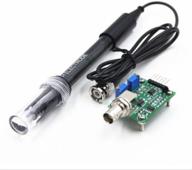
3
·
Average

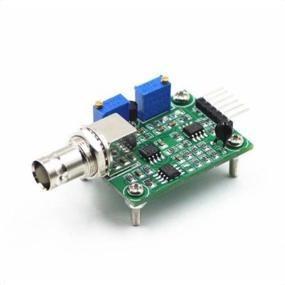
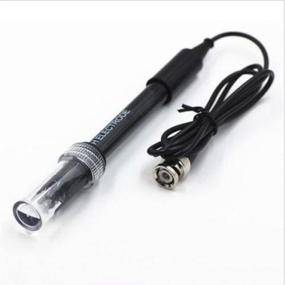

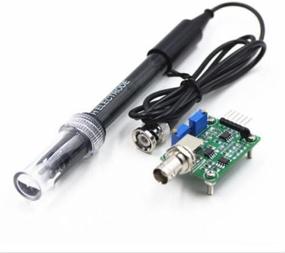
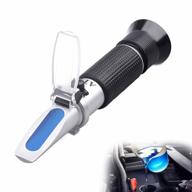
Efficiently Test Your Antifreeze And Battery Acid With A 3-In-1 Refractometer

18 Review
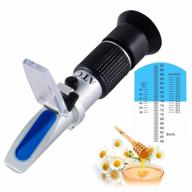
🍯 Honey Refractometer with Automatic Temperature Compensation (ATC) - Tiaoyeer Moisture, Brix, and Baume Refractometer for Honey, 58-90% Brix Scale Range - Honey Moisture Tester

31 Review

Accurate And Versatile Digital PH Meters For Food, Brewing, Hydroponics, Pools And More!

7 Review
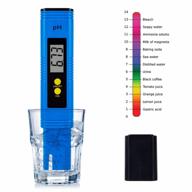
Digital PH Meter Tester - Tiaoyeer Water Quality Tester With ATC, 0.01PH High Accuracy, 0.00-14.00 Measurement Range, 0.01 Resolution For Drinking Water, Aquarium, Swimming Pools, Hydroponic

8 Review

🔍 Enhanced Precision with Backlit Professional Manometer for Differential Ventilation

6 Review
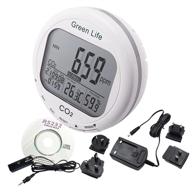
🌬️ Advanced 3-in-1 Indoor Air Quality Monitor with CO2/RH/Temp Data Logging and Audible Alarm - NDIR Sensor Technology

8 Review
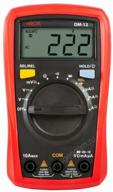
Digital multimeter RGK DM-12

6 Review
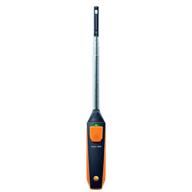
🔥 Advanced Testo Wireless Hot Wire Anemometer Technology

4 Review